Menu
Tree failure is a tree's breakdown from various problems. All trees are vulnerable to problems, even healthy trees. Careful inspection of your trees can allow you to identify any potential hazards and possible treatments. Driscoll Tree Service provides professional tree services for both residential and commercial properties.

A tree failure occurs when a tree trunk splits or breaks into two pieces. Several factors can cause this:

Trees are beautiful and beneficial to any property. They provide shade, add beauty and value to the property, and provide a peaceful respite from daily life. However, trees can also be dangerous if they fall or fail.
Several hazards may result from tree failure:
Some tree issues can be corrected with proper care and maintenance. The first step to preventing tree hazards is to know what you are looking for.
Mushrooms are the fruiting bodies of certain fungi that grow on trees. They can appear anywhere on a tree, including its trunk, branches, or leaves. They're usually brown or white, with a stem and cap, and the stems may be short or long and fibrous.
Fungus is also standard on trees. It's a plant disease caused by microscopic organisms such as molds and yeasts that feed on decaying matter. Fungal infections can cause spots on leaves or stems or spread throughout the plant, causing large areas of dead tissue. Some fungi attack trees when stressed by environmental factors like drought, insects, or disease. Others attack healthy plants through open wounds in the bark caused by pruning or broken branches.
If you notice that the roots of your tree are coming out of the ground and lifting the soil, this may be an indication that your tree needs more water or fertilizer. It might also be a sign of root rot which can cause further damage to your tree's health and stability. If there is no noticeable damage to the trunk, it may only be an issue with the roots.
When a tree sheds its bark or sawdust-like material, it could mean something wrong with your tree's health. This could be due to disease or pests like beetles or mites eating away at the bark or wood inside the tree's trunk. It could also mean that there were some issues during pruning that caused this damage to occur.
Large cavities are holes in the trunk of a tree that are greater than one inch in diameter. Large cavities can be caused by decay, fungi, insects, or disease, and they may also be caused by impact from vehicles, lawn mowers, and other machinery. Large cavities can weaken the tree's structure and make it more susceptible to failure during storms or high winds.
Nesting cavities are holes that have been enlarged by small animals such as squirrels or raccoons. These animals will enlarge these holes for shelter or food storage purposes. While nesting cavities do not threaten the tree's health, they may allow for entry points for insects and diseases, which can lead to other problems for your trees.
The connection between two limbs is referred to as a union. Tree limb unions that are split, cracked, or sunken should be evaluated by a professional arborist who can determine if they need to be repaired immediately or if they can wait until spring when there is less risk of further damage occurring with high winds and rainstorms.
A tree leaning toward your house could be damaged by wind or snow or topple over during a storm. If the leaning tree is large enough that it might cause damage to your home if it falls, you should call in an arborist or other tree expert to evaluate the situation and provide advice on what action to take.
If your tree has unhealthy branches that could snap off in high winds or storms, trim them off, so they don't become hazards later. Ensure you cut away from anything else around the tree so no debris will fall on someone below.
Tree leaves provide shade and beauty — but they also block sunlight from reaching the plants below them. If leaves on your trees have dropped from higher up, rake them out of the way so plant growth can continue below the canopy level of the trees.
If your tree is damaged or diseased, hire a professional from Driscoll Tree Service. We are trained to identify whether a tree is damaged and what treatment options are available. Our professional tree services and tree care company can guide you to your specific tree concerns.

How to Find a Reliable Tree Service Company Trees are incredible ornaments that beautify the landscape and increase the value of properties. They can also provide fruits and much-needed shade as well as protection from high winds. Unhealthy and disheveled…
Read More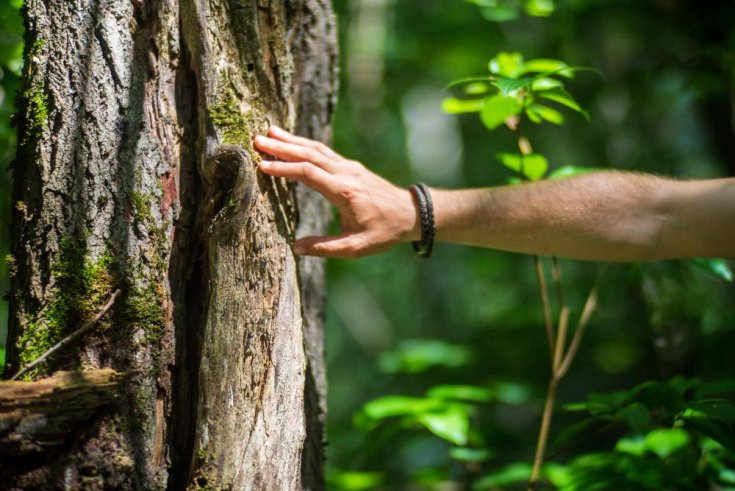
Tree Care Tips for Homeowners As a homeowner, maintaining a lush and healthy landscape enhances aesthetic appeal and plays a crucial role in providing shade, improving air quality, and enhancing the overall environment. You can achieve this by working with…
Read More
The Best Way to Remove a Tree Stump When a tree is cut down for whatever reason, the stump left behind is not just an eyesore but also a safety hazard on your premises. Waiting for the stump to decompose…
Read More
3 Reasons to Have Your Fruit Trees Trimmed This Year Tree trimming might seem like just a haircut for your trees, but it’s much more than aesthetics when it comes to fruit trees. Annual trimming plays a vital role in…
Read More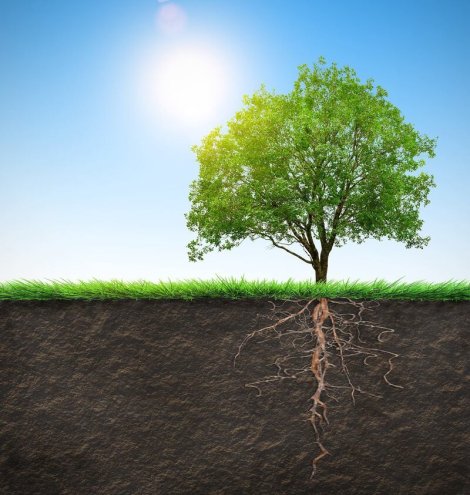
Tree Root Problems Trees are more than towering structures of bark and leaves; their roots play a crucial role in their overall health and vitality. Tree roots serve several vital functions, including extracting nutrients and water from the soil, storing…
Read More
How To Protect Your Trees From Summer Trees are a valuable addition to any landscape and offer many environmental benefits. After spending many months of winter in dormancy, summer is finally here, bringing life to all the greenery in your…
Read More
4 Ways to Fill the Empty Space Where a Tree Was When a tree is removed from your yard, it can leave a space that can be challenging to fill. Fortunately, various creative and functional ways exist to fill that…
Read More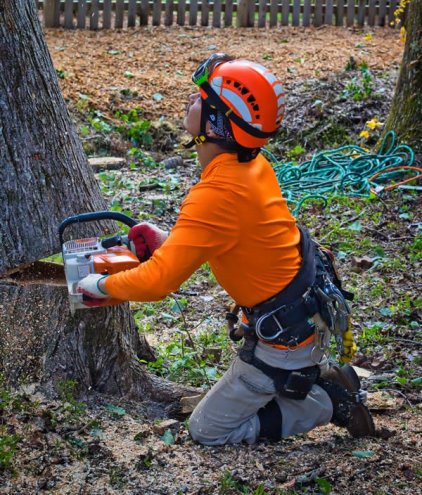
How to Become an Arborist An arborist or tree surgeon is a well-trained professional with extensive knowledge in applying various maintenance techniques to trees, vines, shrubs, and perennial plants. Suppose you are passionate about providing professional care to the trees…
Read More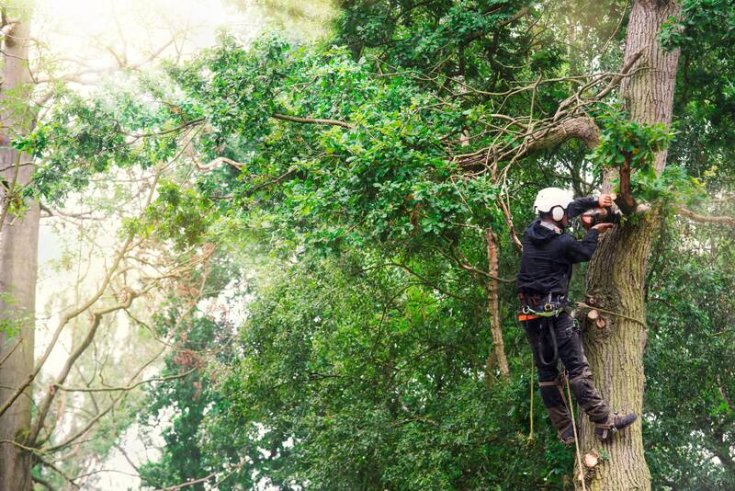
Why Regular Tree Maintenance Is Essential for a Healthy Yard It’s easy to take trees for granted. Most homeowners would never skip a doctor’s appointment or ignore their pet’s annual checkup, but routine care often slips through the cracks when…
Read More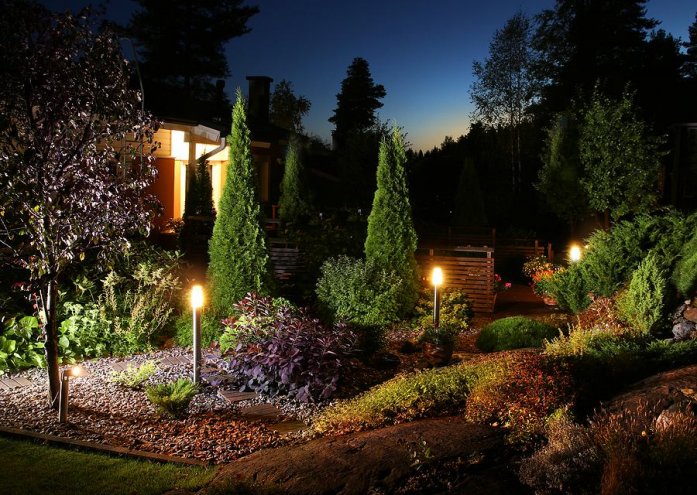
How to Keep Your Trees Healthy Keeping trees healthy is not just essential for the aesthetics and safety of your landscape but also improves the quality of the environment. However, like other living things, trees need routine care and maintenance…
Read More